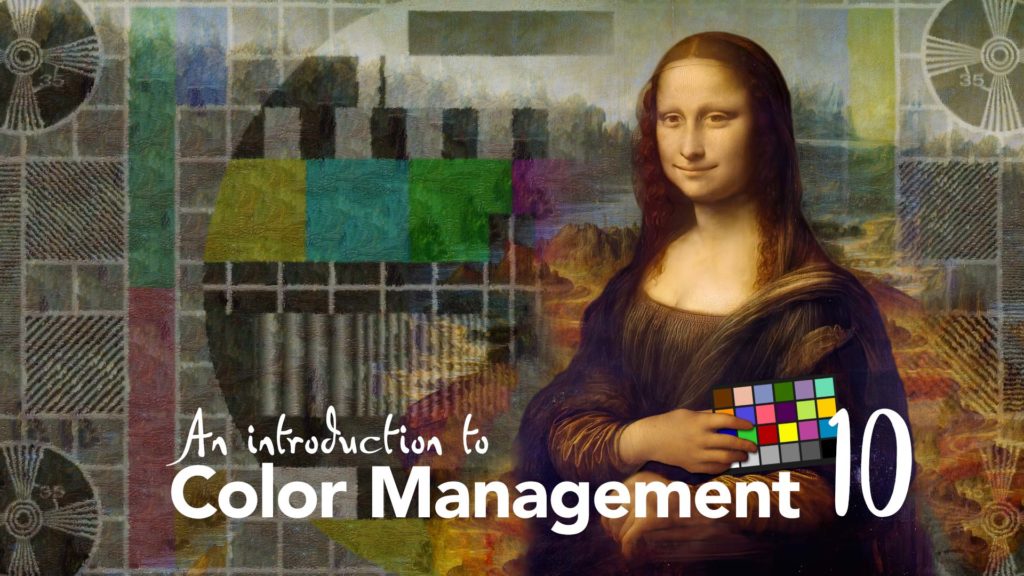After Effects has had a full color management system built-in since the release of CS4, in 2008. The basic theory of a color managed workflow was covered in Part 9, but now it’s time to look specifically at how we do it in After Effects.
As noted in the video, I can think of four approaches to color management in After Effects:
- Turn it off / ignore it altogether
- Use Adobe’s built-in color management system
- Use OpenColor IO, the free, open source plugin
- Use a combination of the built-in system and OpenColorIO
In this particular video, I’m going to look at the Adobe color management system that’s built into After Effects.
At the beginning I mention that I expect this video to become obsolete at some point. This is an educated guess based on the fact that After Effects cannot currently display HDR images on a HDR monitor, unless you have a specific AJA video card and an external HDR-capable SDI monitor. Even if your desktop monitor is HDR capable (which includes the newest iMacs) you’re out of luck. And no joy if you have a Blackmagic SDI card, either.
As content providers are already requiring some shows to be delivered using various HDR formats, this means that After Effects cannot currently be used to create masters directly. To be clear, After Effects can work with HDR assets, and it can create and output HDR videos. But you can’t actually see the full dynamic range of a composition on a HDR monitor. Because Adobe are members of the Netflix Post Technology Alliance it’s public knowledge that they’re working together on technical matters – so it’s not difficult to guess that it’s only a matter of time before Adobe make a radical update to the After Effects color management system, and make it capable of mastering HDR video.
But when will it happen? I have no idea.
The color management system that After Effects currently uses is based in ICC profiles, and builds on Adobe’s extensive background in the print / desktop publishing industry. But since the release of After Effects CS4 in 2008, other color management technologies have emerged. In the next video we will look at OpenColorIO – the free, open source, industry standard tool for color management.
This is part 10 in a long series on color management. If you’ve missed the other parts, you can catch up here:
Part 4: Maxwell’s spinning discs
Part 6: Understanding the CIE 1931 chromaticity diagram
Part 8: Introducing Colorspaces
Part 9: The theory of a color managed workflow
AND – I’ve been writing After Effects articles and tutorials for over 20 years. Please check out some of my other ProVideo Coalition articles.

Filmtools
Filmmakers go-to destination for pre-production, production & post production equipment!
Shop Now













